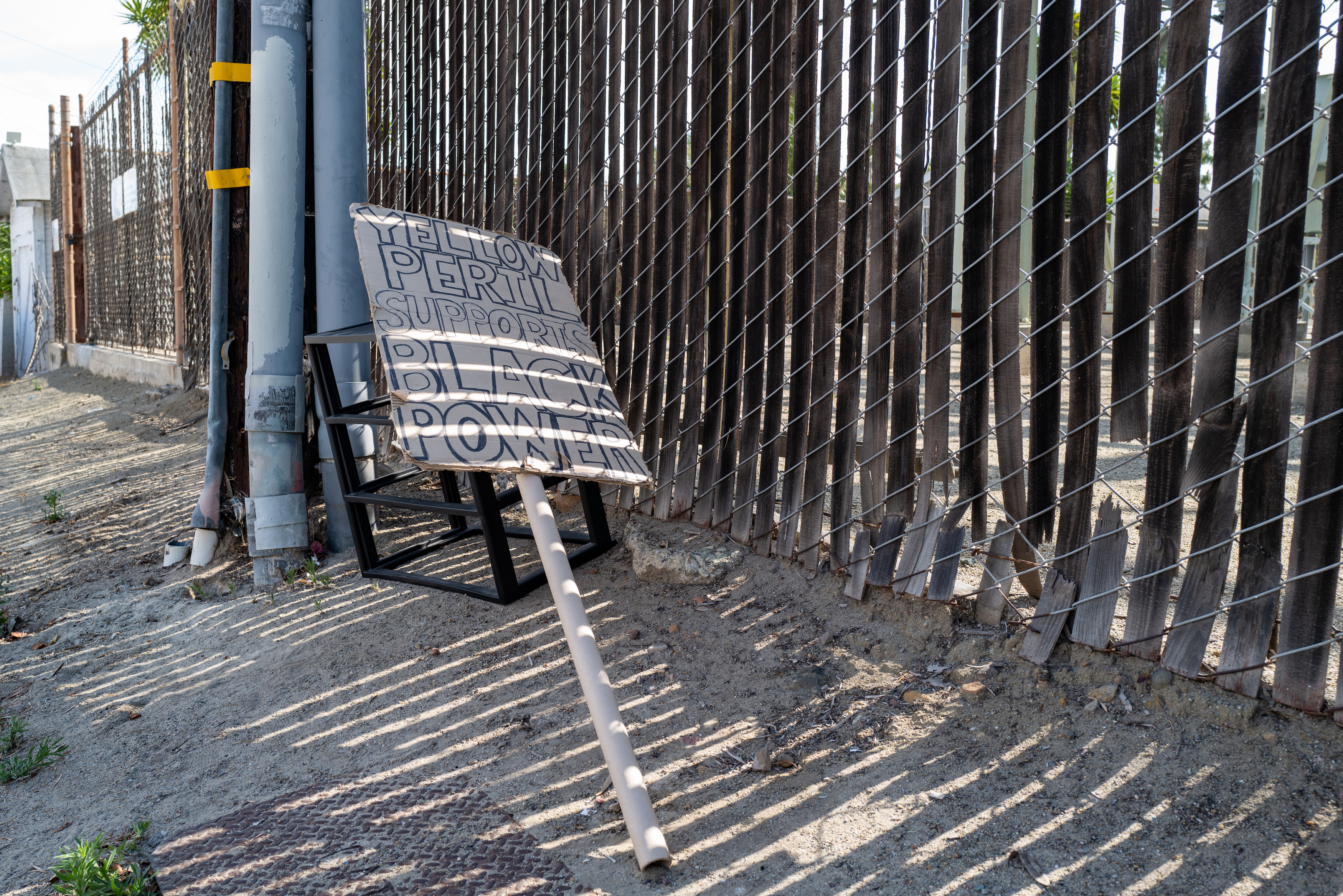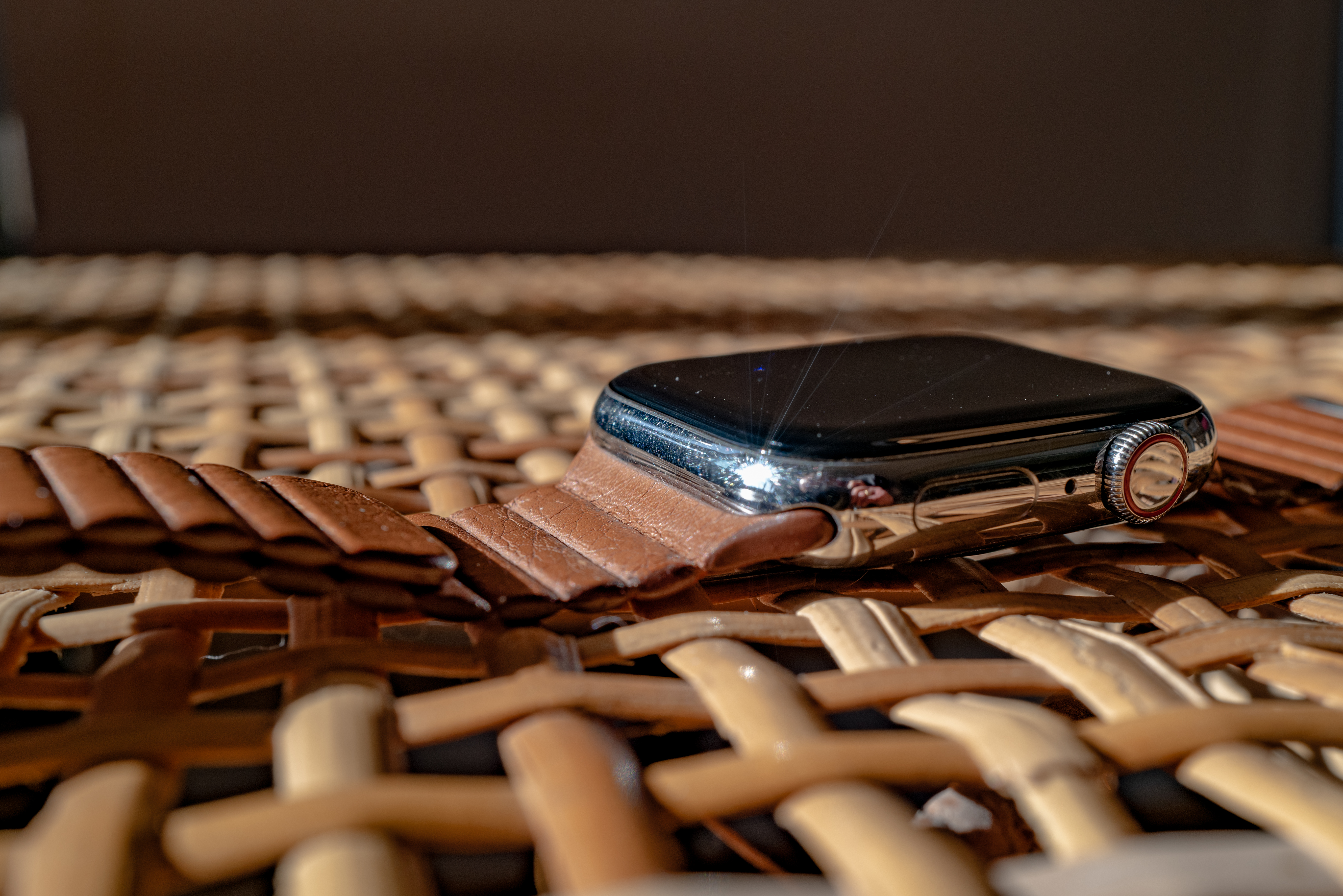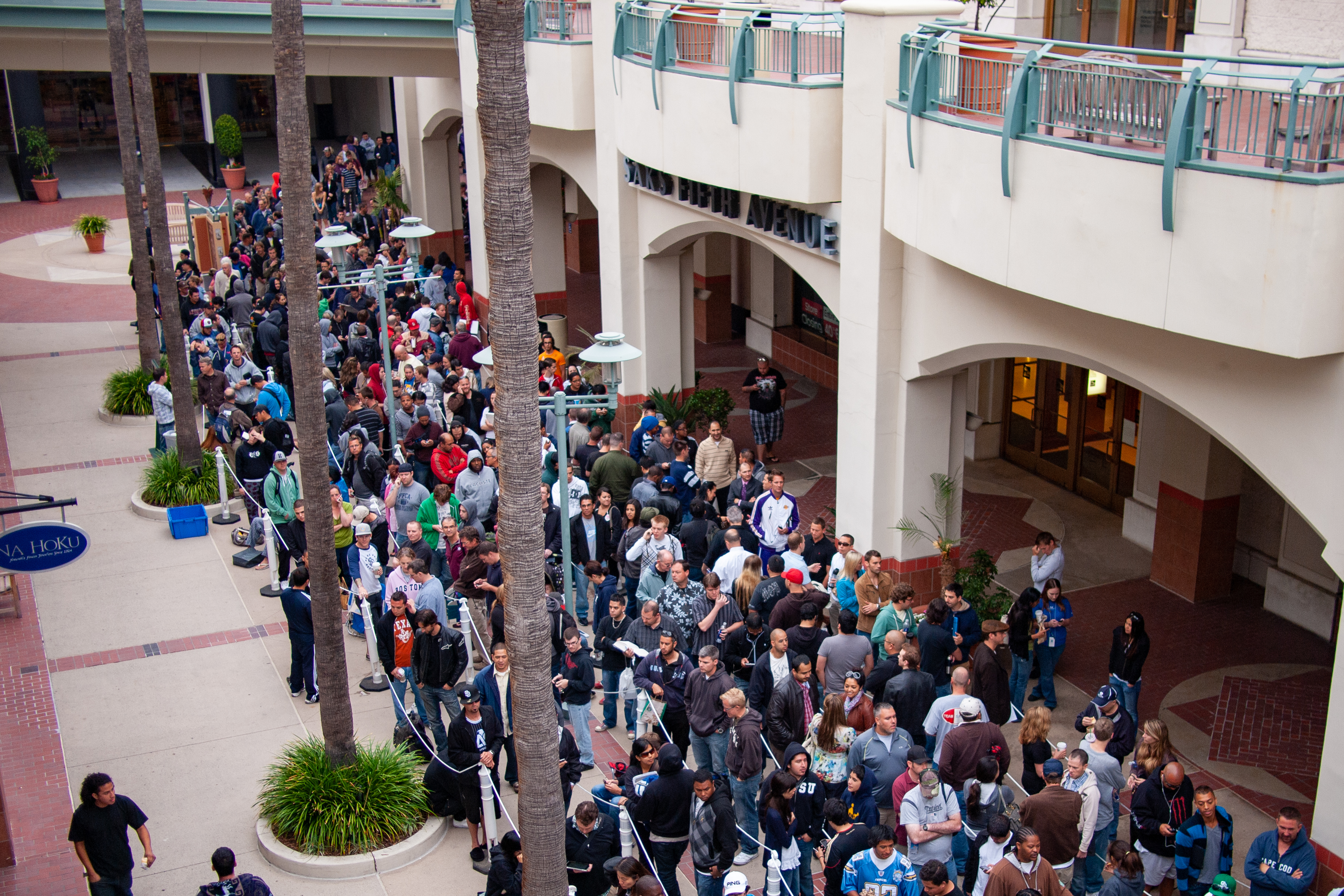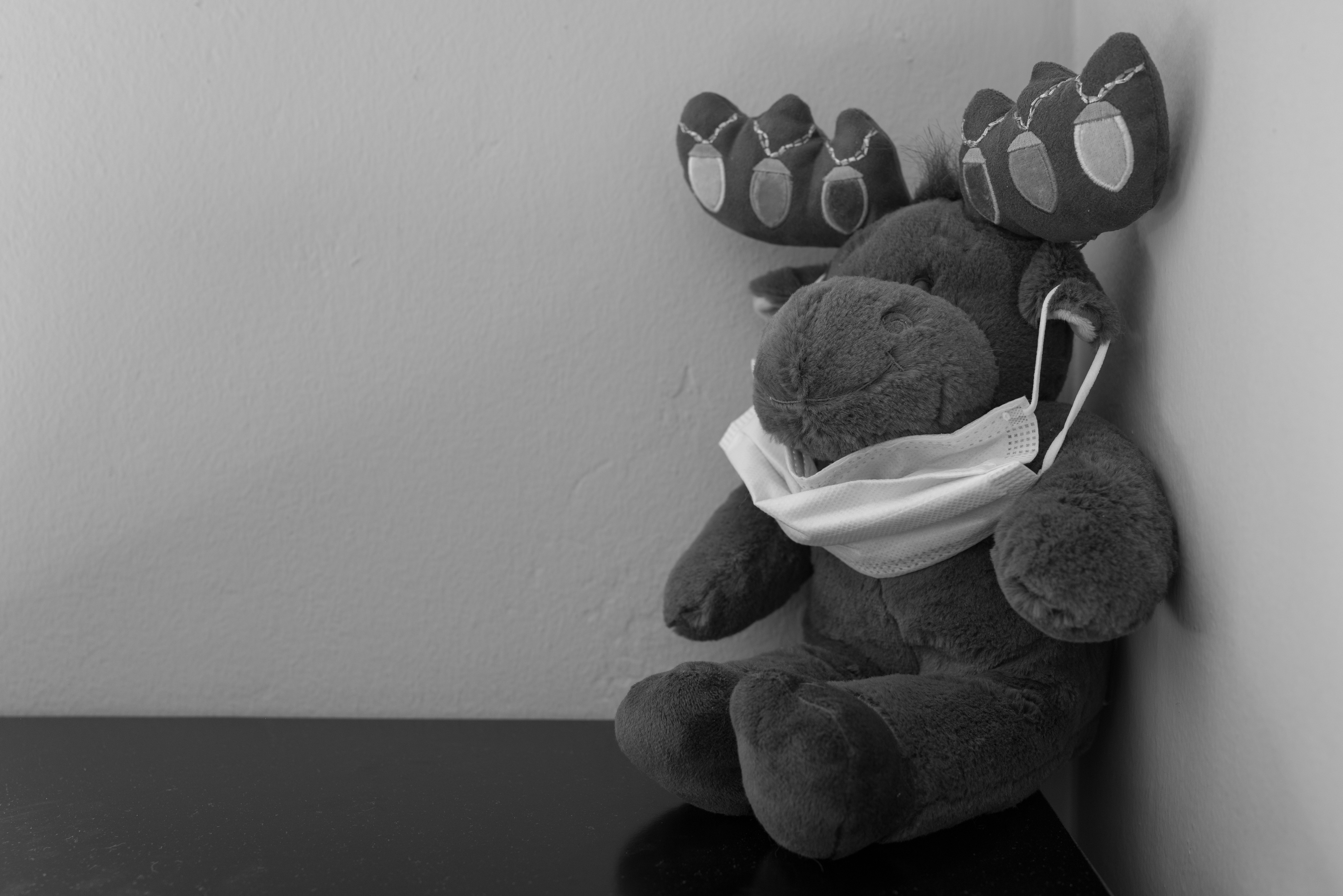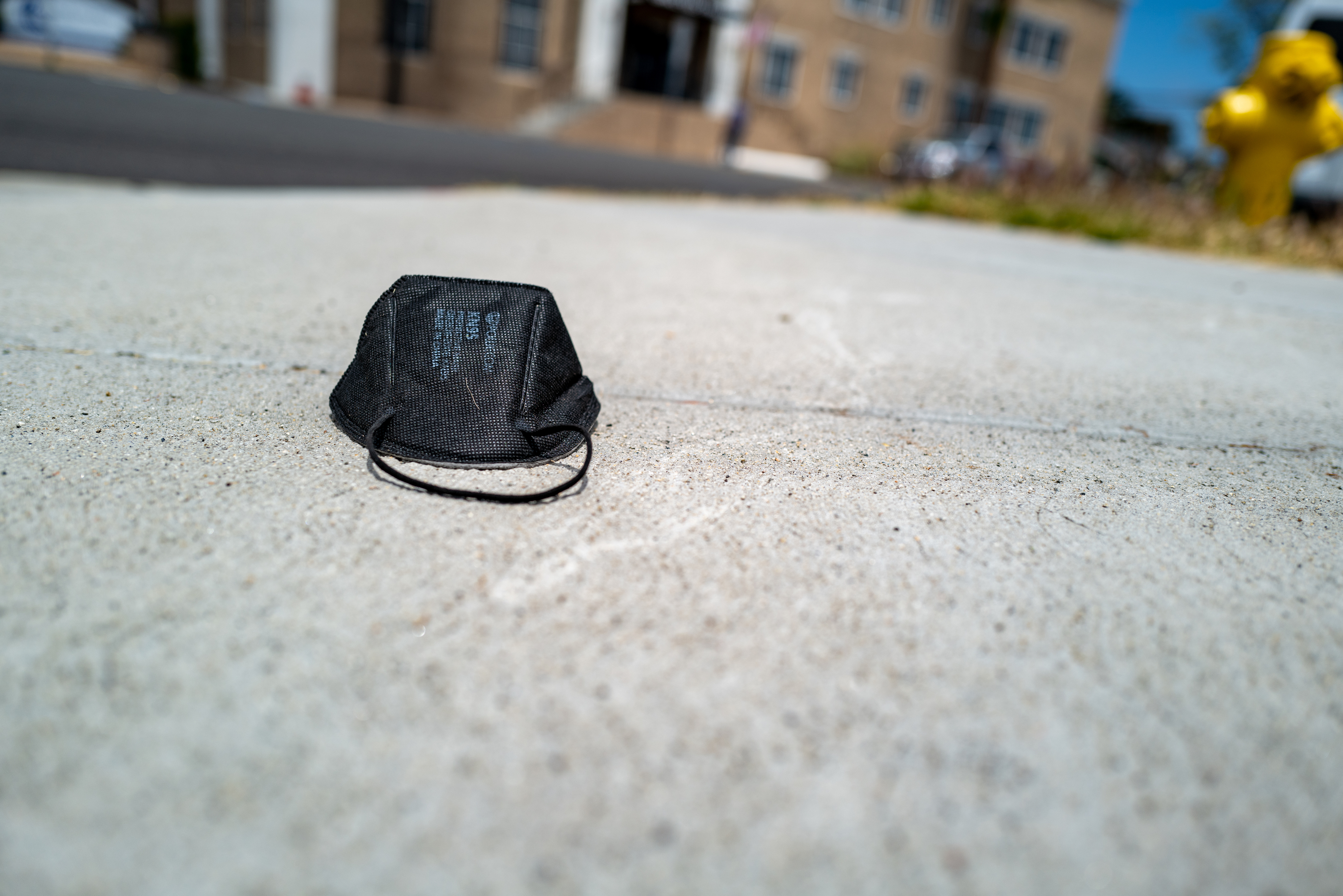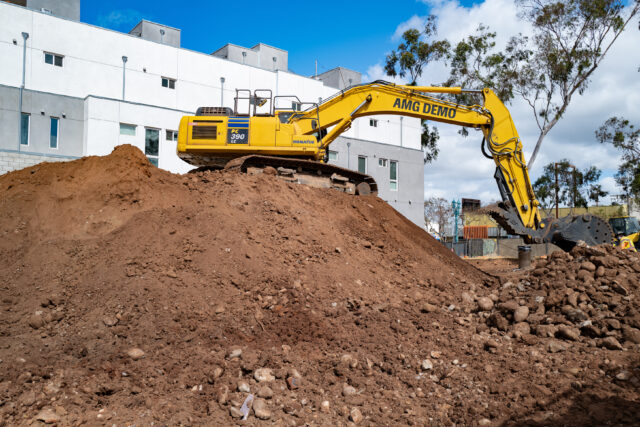What demonstration marched through the neighborhood unbeknownst to me? While walking with my wife through the alley separating Alabama and Florida streets, I stopped to wonder about the forlorn placard that is the Featured Image. I captured a single photo using Leica Q2. Vitals, aperture manually set: f/5.6, ISO 100, 1/125 sec, 28mm; 4:33 p.m. PDT, today.
The message piqued my interest—and as a photographic object, I liked the mood created by bands of light shining through the fence. For your edification (and mine), according to Wikipedia: Yellow Peril “is a racist color-metaphor that represents the peoples of East Asia as an existential danger to the Western world”. Yikes!
